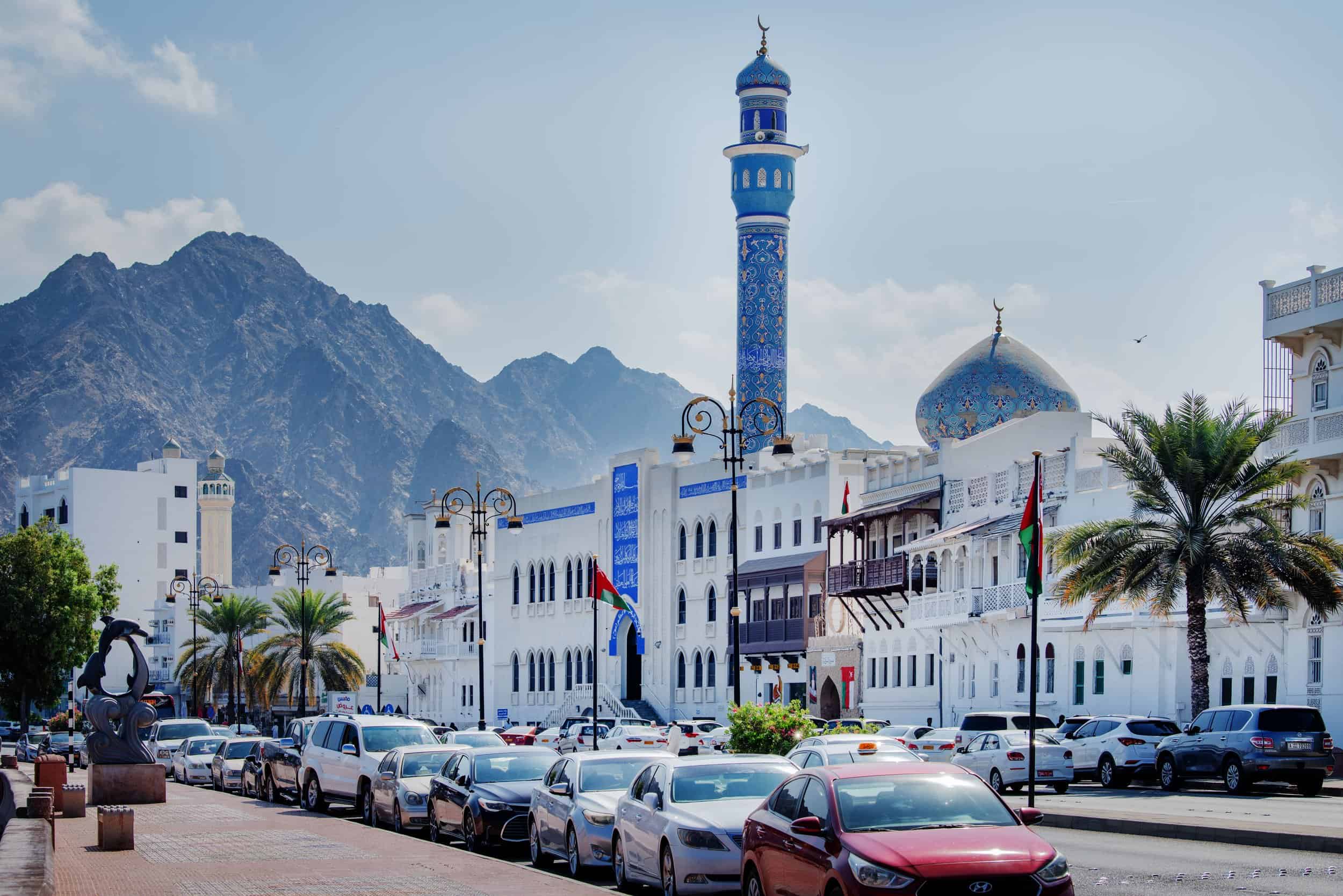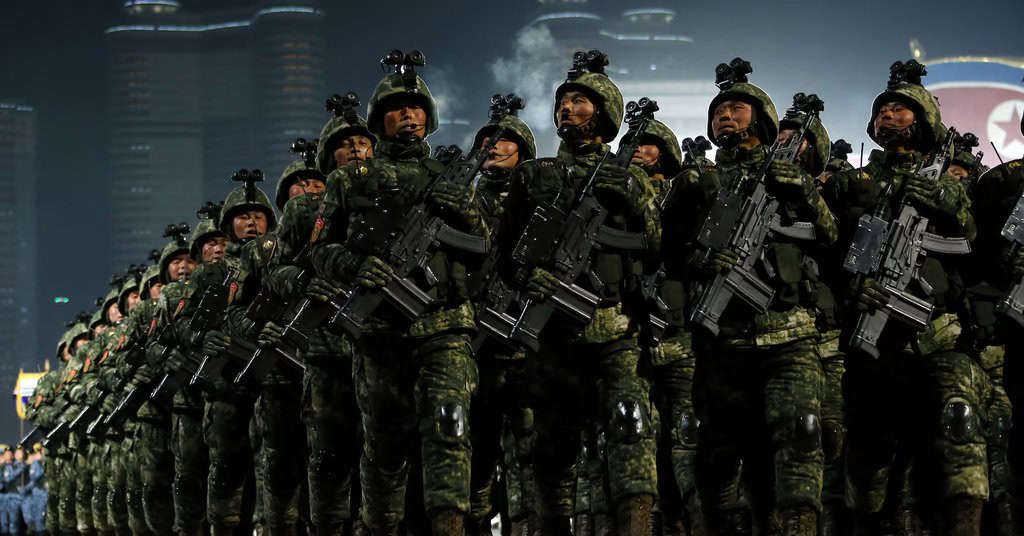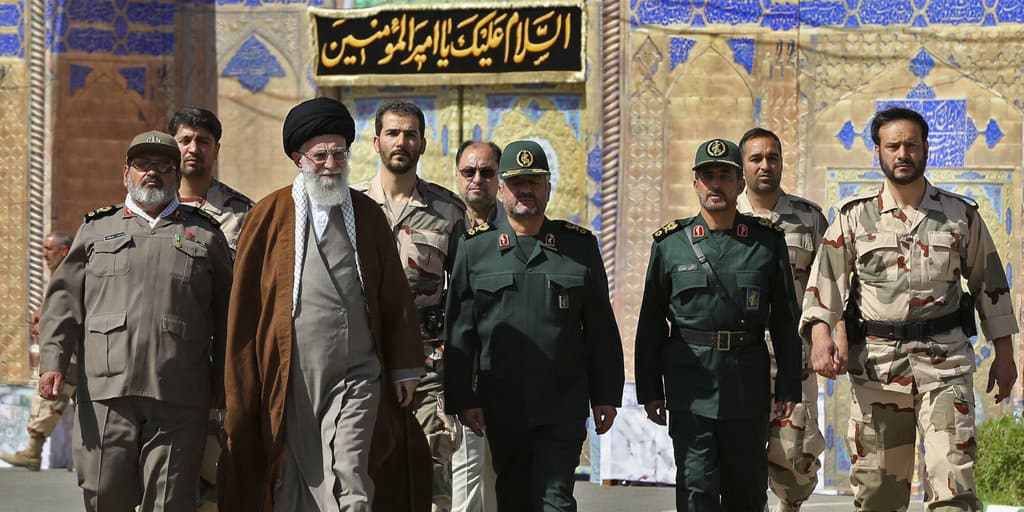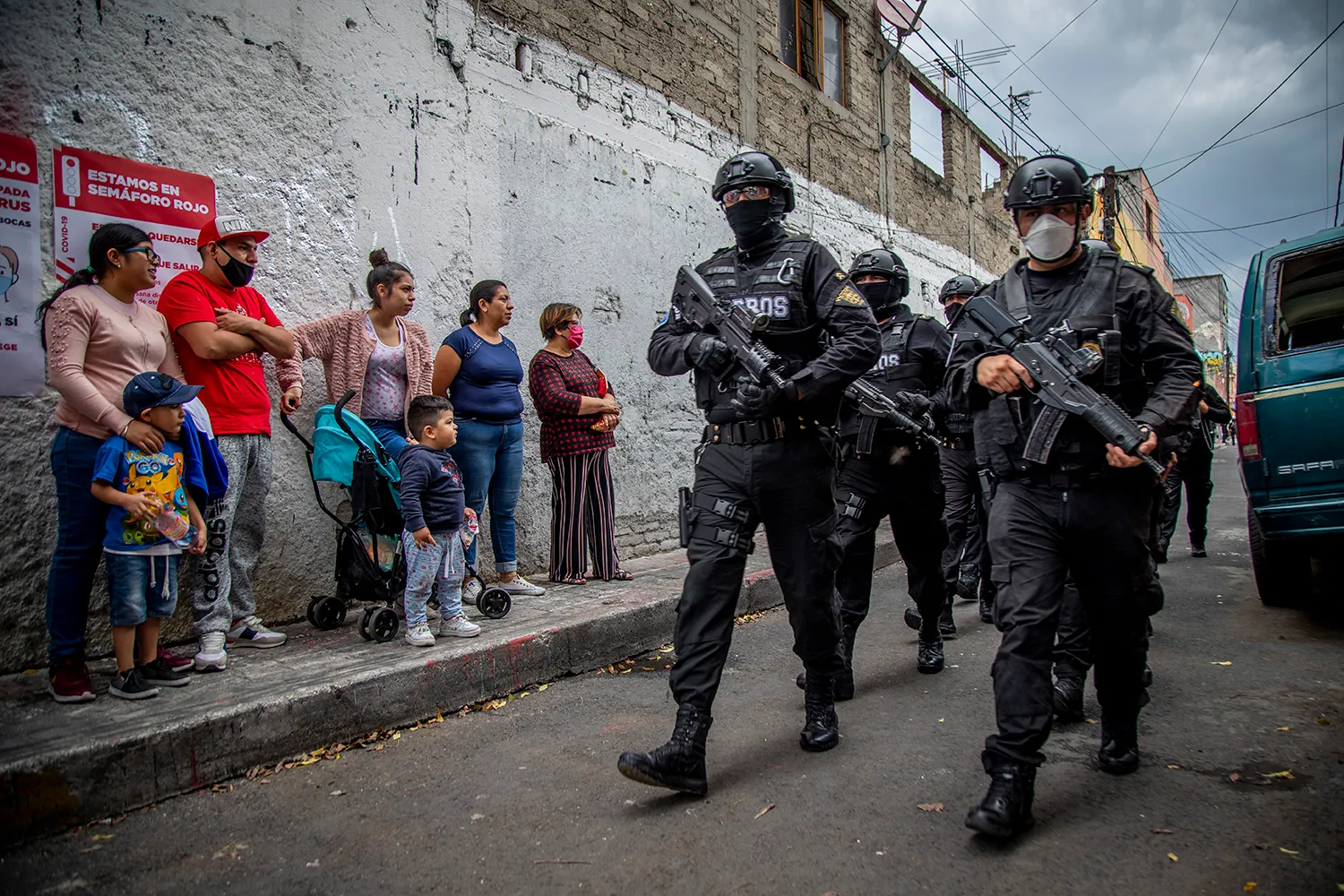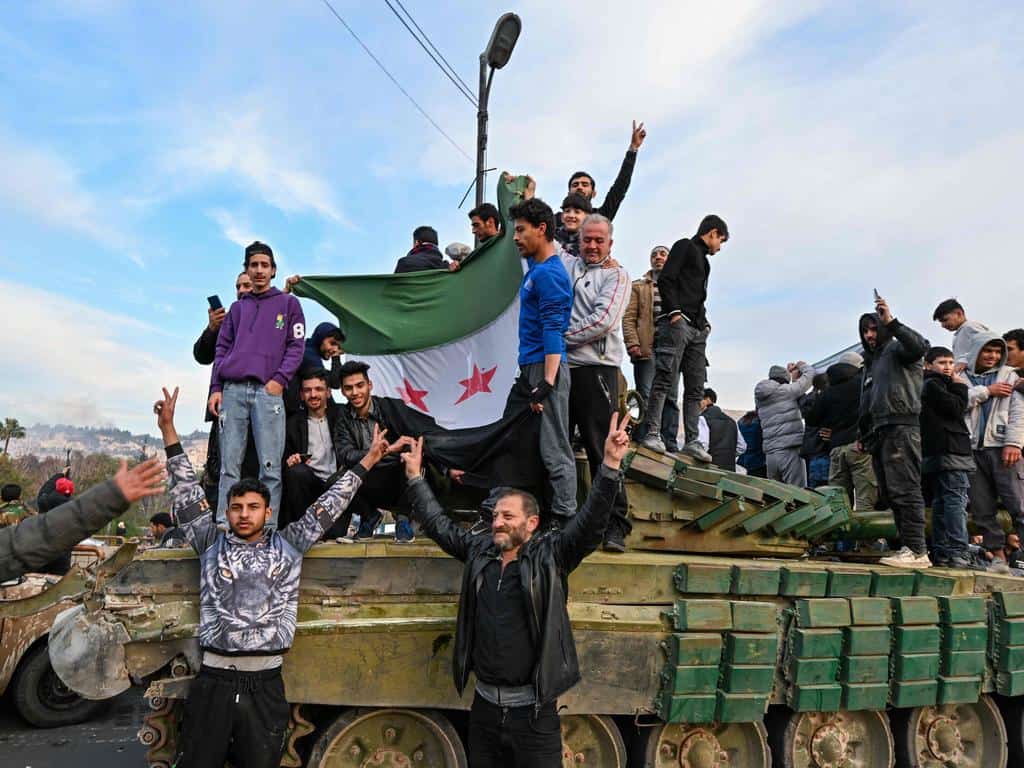On the night of July 15th, an assault targeted the Imam Ali mosque near Muscat, Oman, leaving at least nine dead, including the three assailants, and injuring over 30 worshippers. Among the injured were women, children, and elders attending the mosque for the Ashura observance, a significant event in the Shia Muslim calendar, which falls on the 10th day of Muharram, set for Tuesday, the 16th.
This act of terror, a rarity in the generally stable Sunni-majority Gulf state of Oman, was claimed by the Islamic State. The violence began Monday evening and extended into the early hours of Tuesday. The attack also injured five members of Oman’s security forces, including a police officer. Omani police reported the fatalities included four Pakistanis and an Indian, with the attackers neutralized during the incident.
Footage circulating on social media, verified by Reuters, depicted people fleeing the mosque amidst the sound of gunfire. The Pakistani Foreign Ministry, identifying the site as the Ali bin Abi Talib Mosque, denounced the event as a terrorist attack. They confirmed that 30 wounded individuals were receiving medical treatment, underscoring the diversity of the victims.
Imran Ali, Pakistan’s ambassador to Muscat, mentioned that among the injured, 30 suffered from gunshot wounds, while others were hurt during the ensuing stampede. This recent attack is part of a worrying trend of increased Islamic State activity. Despite being largely dismantled in 2017 by a coalition of US-led forces and local groups, the Islamic State has seen a resurgence. Earlier in the year, Tajikistani Islamic State members executed a deadly assault in Moscow, killing 140 concertgoers at Crocus Hall. Similarly, the Islamic State claimed responsibility for deadly explosions in Iran during a military ceremony, killing close to 100 people.
The escalation of the Islamic State’s attacks in regions surrounding the Middle East and North Africa has reignited fears of a broader resurgence of one of the most lethal terrorist groups of the modern era. This alarming trend emphasizes the ongoing threat posed by extremist violence even in areas previously considered secure.

